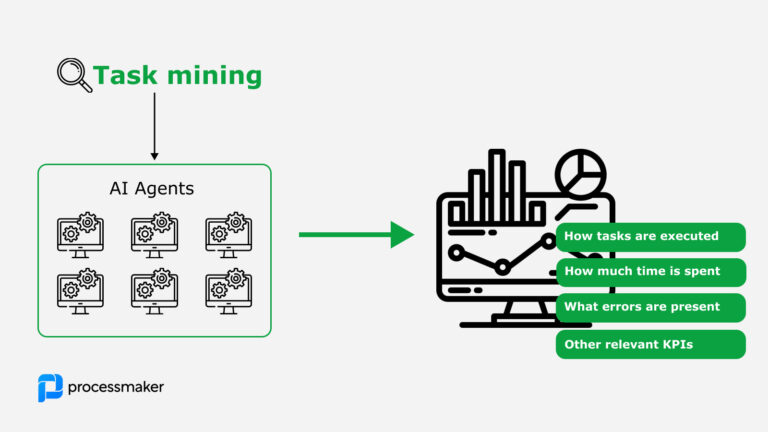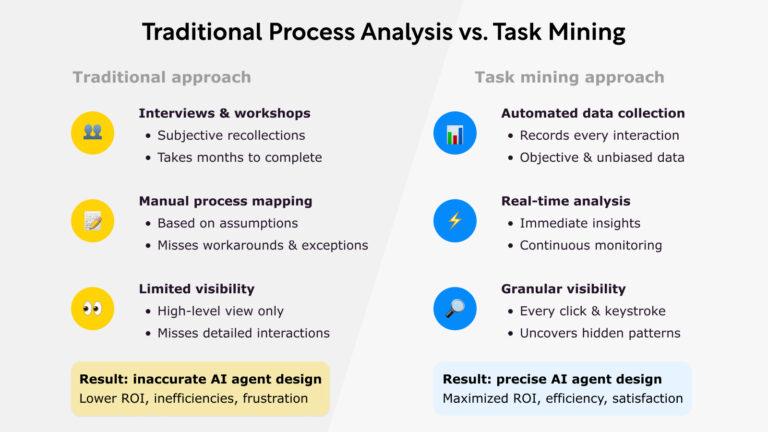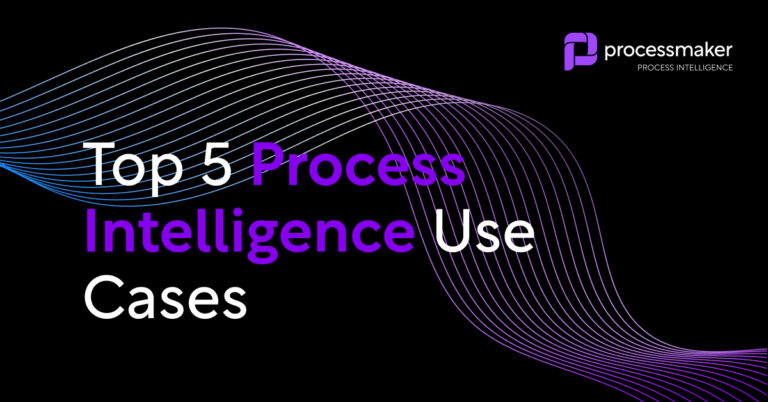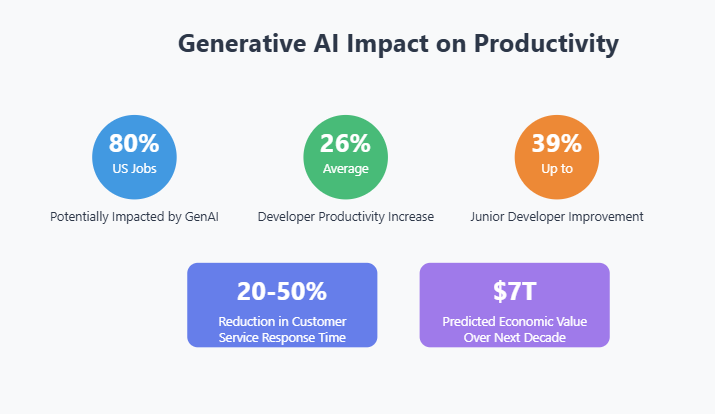In the rush to embrace AI agents, organizations worldwide are betting on the promise of unparalleled productivity gains and cost-efficiency. From automating routine tasks to providing intelligent decision-making support, the excitement around AI is tangible.
But with every emerging technology comes the question of economic sense—how do we ensure that the implementation of AI agents delivers tangible returns?
The economic dilemma: measuring ROI for AI agents
When planning an AI agent rollout or a proof of concept (POC), organizations must have a clear strategy to measure the impact. Otherwise, the risk of overpaying for AI agents, despite the promises of efficiency gains, becomes real. The key challenge here is finding a way to hold AI vendors accountable and ensuring that the investment truly generates more value than its cost.
That’s where Process Intelligence, particularly task mining, becomes a crucial asset. Task mining is a revolutionary technology that offers a clear lens through which people can view how they perform tasks across various digital environments. It’s a bridge between the abstract promises of AI and tangible business metrics, providing the data required to make informed decisions.
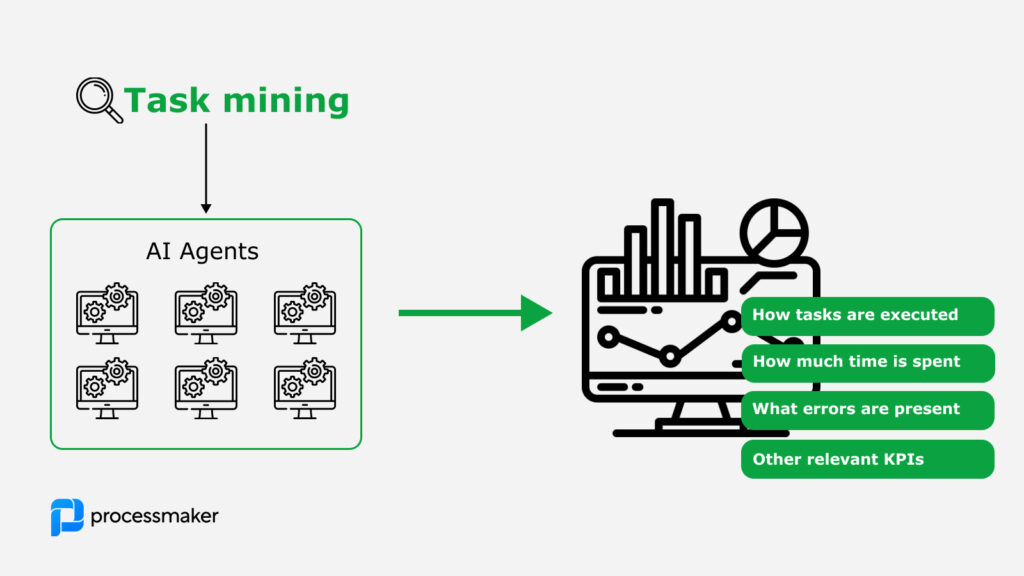
Task mining: a holistic picture of workflows
Task mining is designed to record and analyze the way work is done across applications, including desktops, web apps, ERPs, CRMs, web portals, and communication tools. This capability gives organizations a comprehensive overview of the current state of their business processes. Essentially, it enables companies to create a performance baseline to compare against once the AI agents are in play.
In simple terms, task mining captures data about how tasks are executed, time taken, errors made, and other KPIs, creating a holistic picture of employee workflows. This is done by monitoring user interactions, clicks, keystrokes, and system changes to identify trends, bottlenecks, and opportunities for improvement. Through this approach, organizations can assess not just the speed of task completion but also the accuracy, productivity, and overall efficiency of work processes.
Establishing a benchmark with task mining
Before rolling out AI agents, the first step in measuring their impact is to establish a benchmark. Task mining tools within Process Intelligence platforms like ProcessMaker Process Intelligence can record key metrics from employee workflows over a defined period. These metrics might include:
- Average time spent on routine tasks
- Number of errors or corrections made
- Number of applications used in a given process
- Time spent navigating between different systems
- Frequency and types of communications related to the task
Once this data is collected, the organization can categorize it by team, department, or even individual employees. The goal is to create a “before AI” snapshot that clearly defines the current performance state.
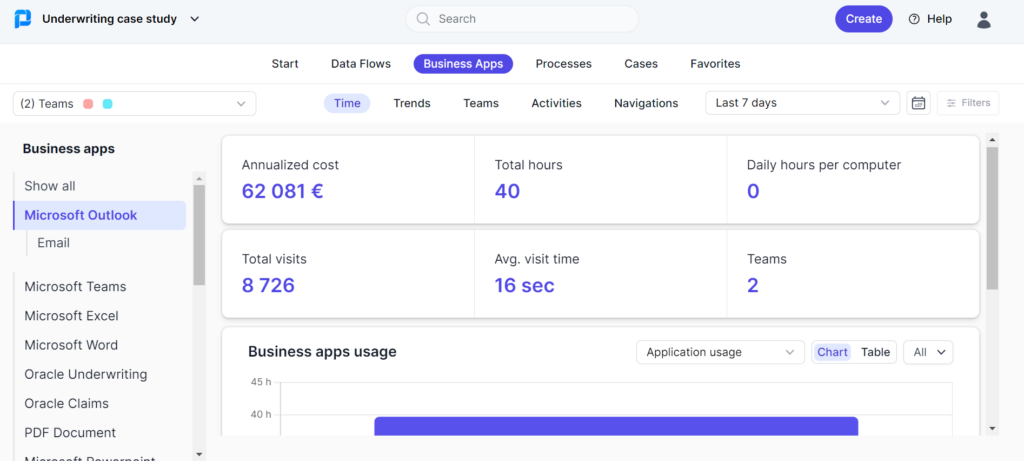
Screenshot: examples of data collected on ProcessMaker Process Intelligence platform
The A/B test approach: group A vs. group B
With the benchmark established, organizations can then move to the testing phase using an A/B test approach. This approach involves splitting employees into two groups:
- Group A is the control group where workers continue to perform tasks as previously.
- Group B is the experimental group where workers are provided with AI agents to assist them.
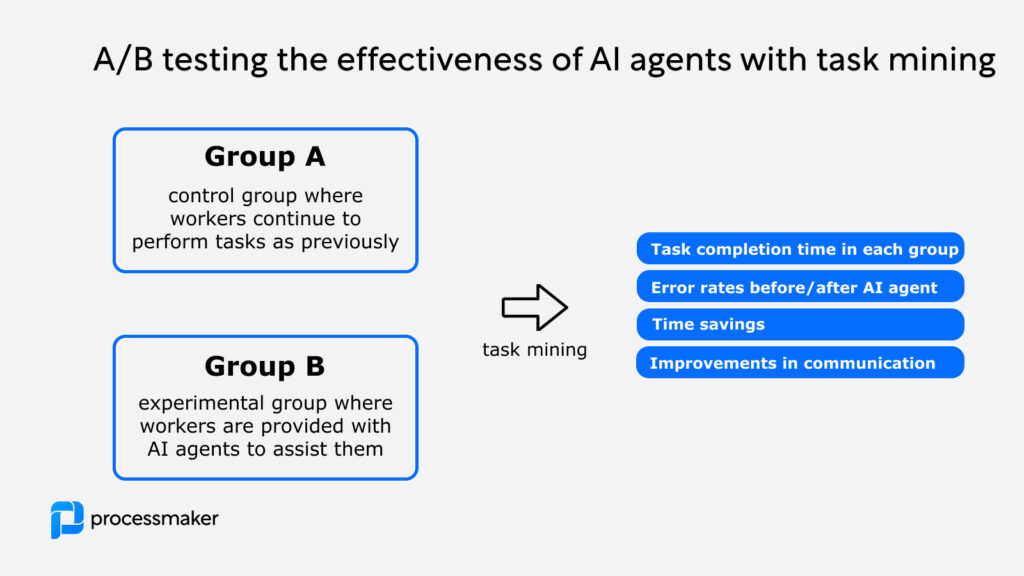
This A/B test helps organizations compare the impact of AI agents in real-world conditions. Task Mining tools can continue to monitor key performance indicators in both groups, collecting data such as:
- Task completion time in each group
- Error rates before and after AI agent intervention
- Time savings and reductions in unnecessary steps
- Improvements in communication efficiency
By comparing these two groups, companies can precisely measure the changes brought about by AI agents. This side-by-side analysis enables stakeholders to see where efficiency gains occurred and determine if they outweigh the costs of implementation.
Key benefits of task mining in AI Agent implementation
Here are some of the primary benefits of using Task Mining for AI agent rollouts:
- Data-driven decisions. Task mining provides quantitative data on employee performance, allowing leaders to make informed choices based on concrete numbers rather than vague promises.
- Accountability for vendors. AI vendors often promise increased efficiency, but task mining allows companies to track actual performance and hold vendors accountable if promised improvements are not met.
- Continuous optimization. Beyond the initial A/B tests, task mining can be used to continually track performance and identify new areas for optimization or additional AI deployments.
- Reduction of overhead costs. When armed with clear data, organizations can cut back on unnecessary AI investments, focusing only on solutions that deliver real and measurable value.
A real-world example
Let’s imagine an organization that deploys an AI agent to handle customer support tasks. Before rolling out the AI, the company uses task mining to gather data on how long employees spend responding to inquiries, how many different applications they use, and the average customer satisfaction score.
After deploying the AI agent to Group B, the organization finds that task completion times have dropped by 40%, error rates have decreased by 20%, and customer satisfaction scores have increased. On the flip side, the AI agent reduced employee dependence on certain tools, consolidating tasks into one interface and saving hours of switching between systems.
This clear and quantifiable data justifies the AI investment, proving that the efficiency gains far outweigh the costs. If the opposite were true, the company could reconsider its AI deployment strategy or renegotiate terms with the vendor.
Conclusion
AI agents hold immense potential to revolutionize white-collar work, but measuring their impact is crucial. Task mining provides organizations with the ability to conduct A/B tests that compare efficiency gains before and after AI implementation. By leveraging tools like ProcessMaker Process Intelligence, businesses can establish a clear benchmark, implement AI in strategic areas, and continuously track the results.
Ultimately, it’s not enough to trust in the promises of AI vendors. The goal should be to measure the gains, hold vendors accountable, and ensure that efficiency improvements exceed costs. Task mining is the key to achieving this level of clarity and making economically sound decisions in the age of AI.
